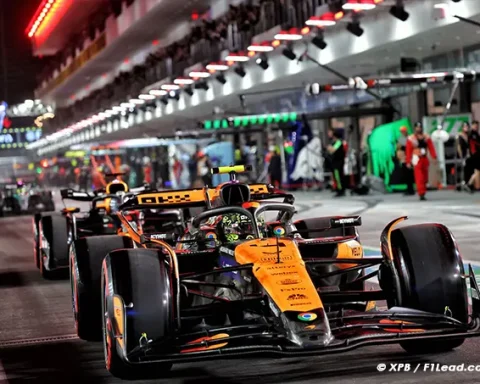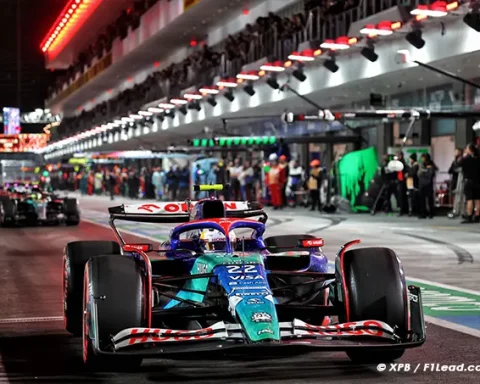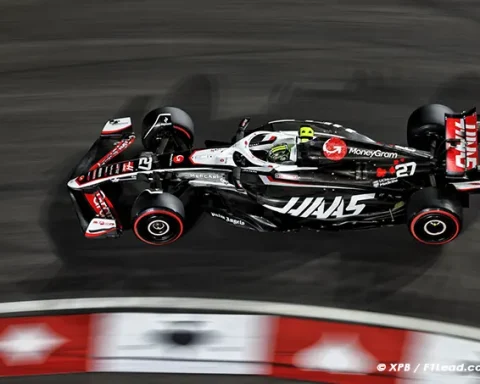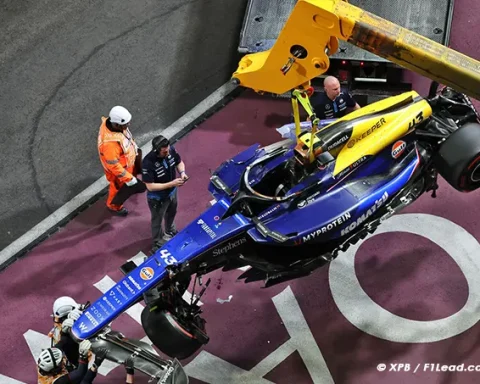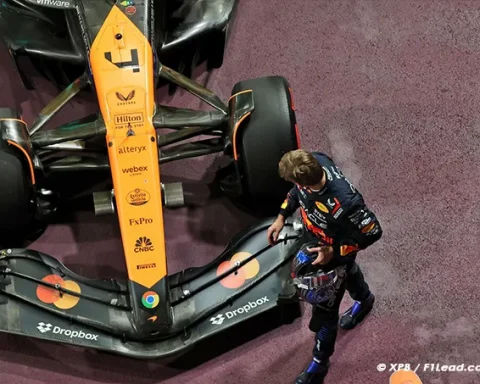Red Bull Racing’s RB20 reveals a strategic design shift, mirroring Mercedes in a bold F1 innovation move.
In a surprising turn of events, Red Bull Racing has unveiled its RB20 Formula 1 car, revealing a design shift that intriguingly mirrors certain aspects of Mercedes’ previously abandoned concepts. This development has sparked discussions in the F1 community, highlighting a complex dance of innovation, strategy, and technical evolution within the pinnacle of motorsport.
Red Bull’s RB20: Bold Shifts, Rival Echoes
At the heart of the discussion is Red Bull’s deviation from trends it previously set, which are now being adopted by other teams, including Mercedes. This shift is not lost on Red Bull’s team principal, Christian Horner, who noted the thematic similarities between their last year’s design and the approaches now seen on a few other cars. Horner’s acknowledgment of Red Bull’s “aggressive” design changes and the presence of “absolutely exquisite detail” in the RB20 underscores the team’s commitment to pushing the boundaries of F1 car design.
The RB20’s design, especially in its rear section, draws attention for its resemblance to Mercedes’ 2023 concept, particularly with its sidepod inlet shape and the pronounced shoulders over the engine cover. This similarity has even caught the eye of Red Bull’s drivers, with Max Verstappen acknowledging the design’s distinctiveness while Sergio Perez expressed surprise at the incorporation of Mercedes-like elements, viewing it as a testament to the team’s forward-thinking ethos.
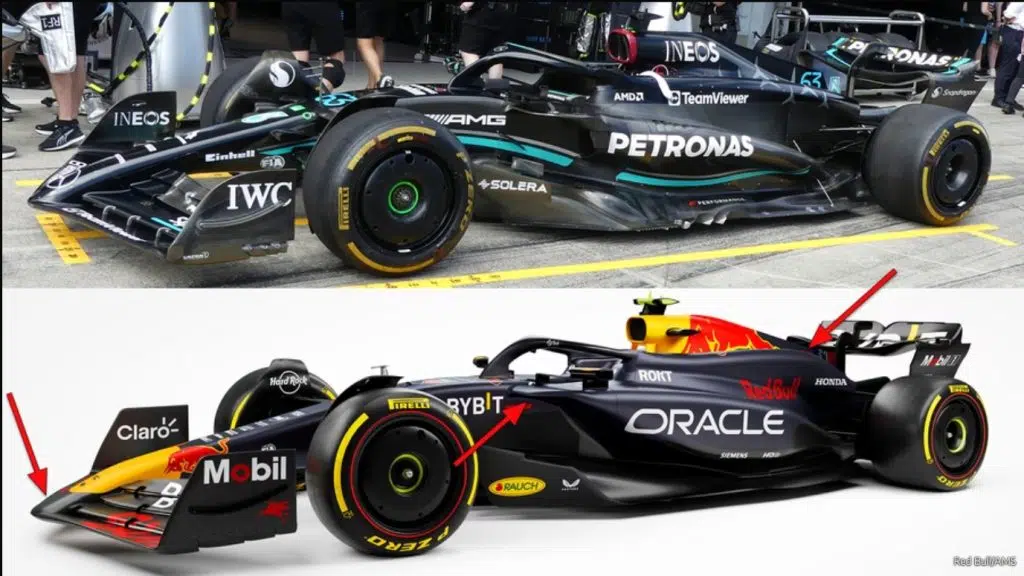
Here again are the similarities of the Red Bull RB20 with last year’s Mercedes: The long nose, the forward-protruding upper edge of the sidepod, and the wide bulge at the top of the engine cover. Photo by auto-motor-und-sport.de
RB20 Redefines Aerodynamics and Cooling Efficiency
A significant design evolution is evident in the RB20, moving away from the ‘underbite’ style inlet that was aggressively featured in the RB19, to a new configuration that emphasizes the top part of the inlet, creating a larger surface beneath the wing mirrors. This change is part of a broader redesign that includes a slimmed-down sidepod with a more pronounced undercut and a novel vertical inlet arrangement, highlighting Red Bull’s innovative approach to aerodynamics and cooling efficiency.
Technical director Pierre Wache describes the RB20 as an evolution, yet the car’s visual differences from its predecessor and the strategic rethinking in areas like radiator packaging and airflow management suggest a more radical departure. This approach, inspired by performance insights from simulation tools, represents a blend of continuity and change, with Red Bull seeking to optimize performance while perhaps also drawing inspiration from the competitive landscape, including Mercedes’ 2023 design challenges.
RB20: Red Bull’s Innovative Design Leap
The detailed innovations in the RB20, from its vertical radiator inlets to the distinctive ‘cannons’ running along the engine cover, reflect Red Bull’s ambition to refine airflow management and cooling efficiency. These design elements, while similar to Mercedes’ previous attempts, exhibit crucial differences that Red Bull believes will confer a competitive edge. The team’s ability to adapt and innovate, as seen through these design choices, speaks to a broader strategy of anticipating and overcoming the limitations of current designs by exploring new solutions.
Red Bull’s bold departure from last year’s winning formula to the RB20’s innovative design underscores the team’s willingness to take risks in pursuit of greater performance. This design philosophy, embracing both radical innovation and subtle evolution, positions Red Bull at the forefront of F1’s technical development, challenging rivals and redefining what is possible in the sport’s ever-evolving competitive landscape. As the F1 season progresses, the RB20 will be closely scrutinized, with its performance on the track ultimately validating Red Bull’s strategic and technical choices.
- ReadMore>Horner Calls Hamilton’s Ferrari Switch ‘Quite Exciting’ for F1
- Following us on Facebook and Twitter.



